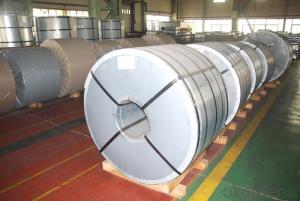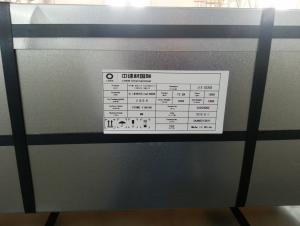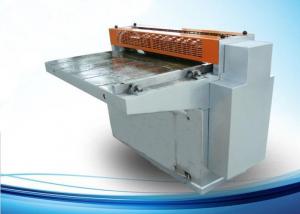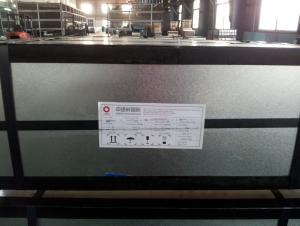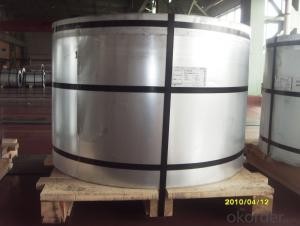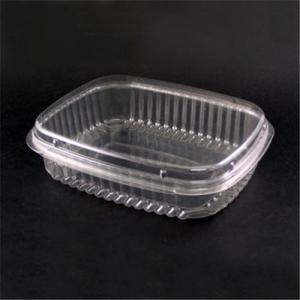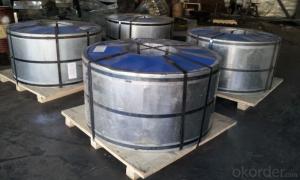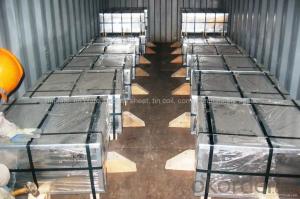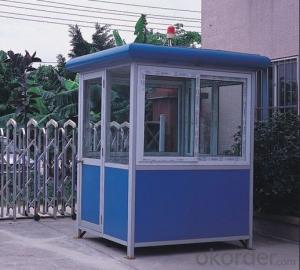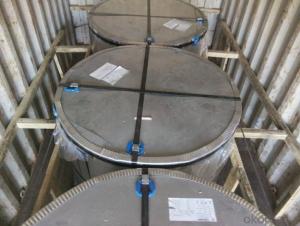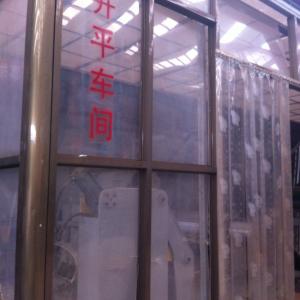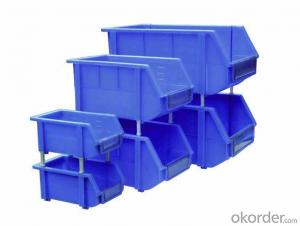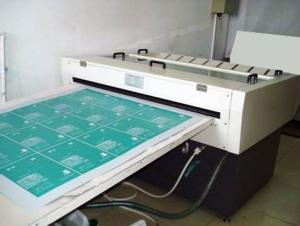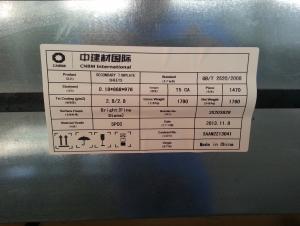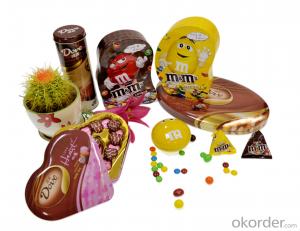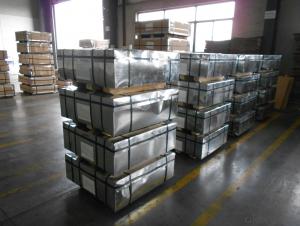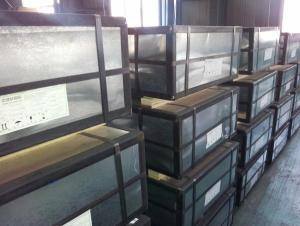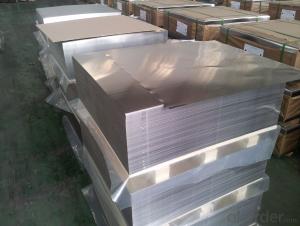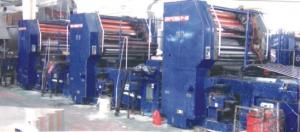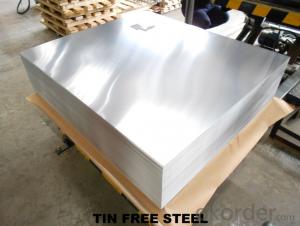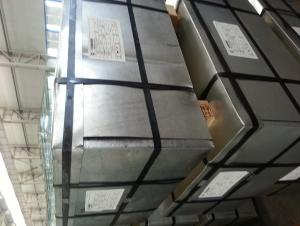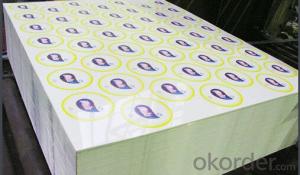Tinplate Box
Tinplate Box Related Searches
Tinplate Mailbox Tinplate Bucket Tinplate Factory Tinplate Packaging Tinplate Sheets Tinplate Can Tinplate Company Printed Tinplate Tinplate Metal Tinplate Studios Tinplate Cans Tinplate Cover Tinplate Food Packaging Tinplate Containers Tinplate Share Tinplate Iron Tinplate Uk Tinplate Production Tinplate Market Tinplate Service Center Tinplate Layout Tinplate Printing Turkey Tinplate Nse Tinplate Envases Tinplate Tinplate China Marx Tinplate Tinplate Forum Tinplate Recycling Tinplate FutureTinplate Box Supplier & Manufacturer from China
Tinplate boxes are a popular choice for packaging a variety of products, including food items, cosmetics, and small gifts. These sturdy and visually appealing containers are made from thin sheets of tinplate, which is a type of metal material that offers excellent durability and resistance to corrosion. The tinplate box's design allows for a secure and attractive packaging solution that can be customized to meet the specific needs of various industries.Tinplate boxes are widely used in various industries due to their versatility and practicality. They can be found in the food and beverage sector, where they are used to package items such as tea, coffee, and biscuits. In the cosmetics industry, tinplate boxes are used to store and display makeup products, perfumes, and skincare items. Additionally, these boxes are popular for gift packaging, such as for jewelry, watches, and other luxury items. Their ability to be customized in terms of size, shape, and design makes them an ideal choice for a wide range of applications.
Okorder.com is a leading wholesale supplier of tinplate boxes, offering a vast inventory of high-quality products to meet the demands of various industries. With a commitment to providing excellent customer service and competitive pricing, Okorder.com ensures that customers can find the perfect tinplate box to suit their specific needs. By partnering with Okorder.com, businesses can benefit from a reliable and efficient supply chain, ensuring that their packaging requirements are met with ease.
Hot Products
